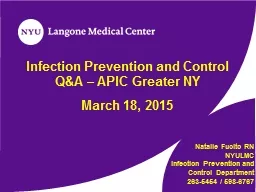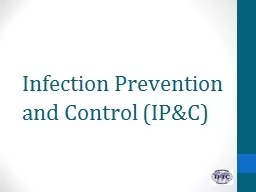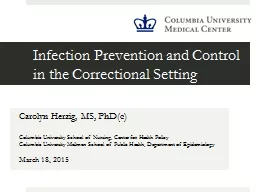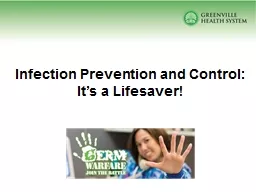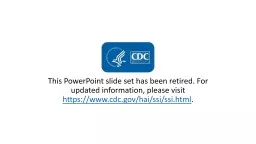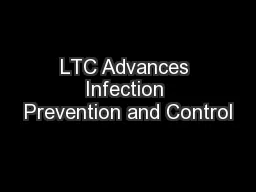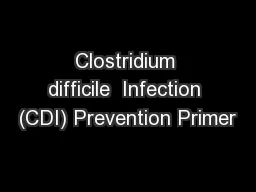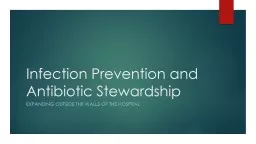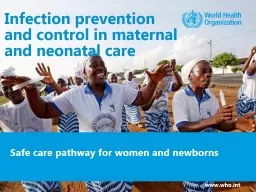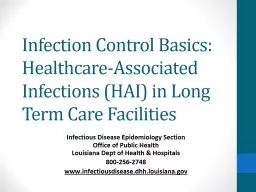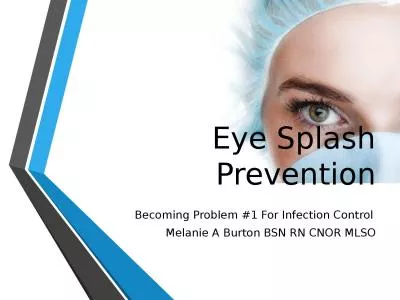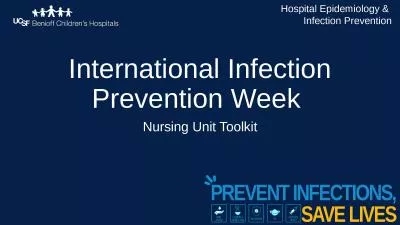PPT-Infection Prevention and Control
Author : celsa-spraggs | Published Date : 2020-01-26
Infection Prevention and Control QampA APIC Greater NY March 18 2015 Natalie Fucito RN NYULMC Infection Prevention and Control Department 2635454 5986767 Question
Presentation Embed Code
Download Presentation
Download Presentation The PPT/PDF document "Infection Prevention and Control" is the property of its rightful owner. Permission is granted to download and print the materials on this website for personal, non-commercial use only, and to display it on your personal computer provided you do not modify the materials and that you retain all copyright notices contained in the materials. By downloading content from our website, you accept the terms of this agreement.
Infection Prevention and Control: Transcript
Download Rules Of Document
"Infection Prevention and Control"The content belongs to its owner. You may download and print it for personal use, without modification, and keep all copyright notices. By downloading, you agree to these terms.
Related Documents

